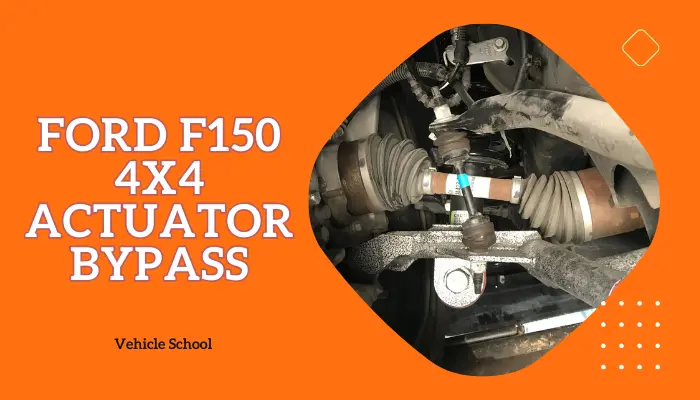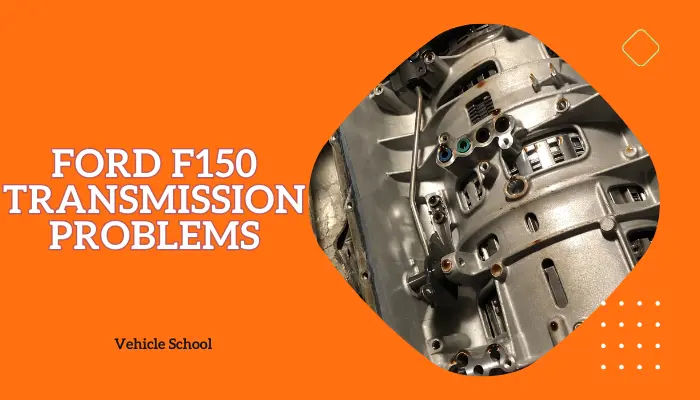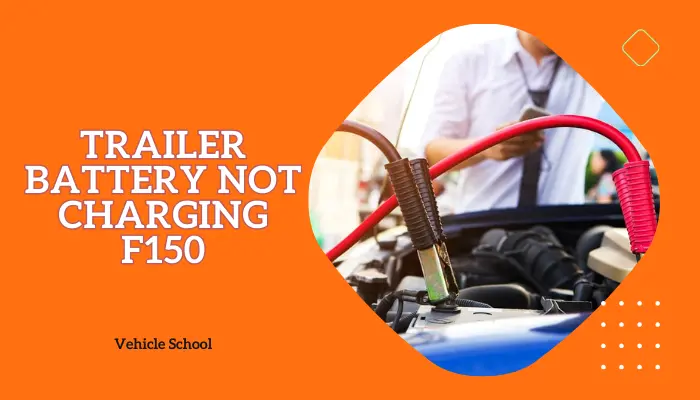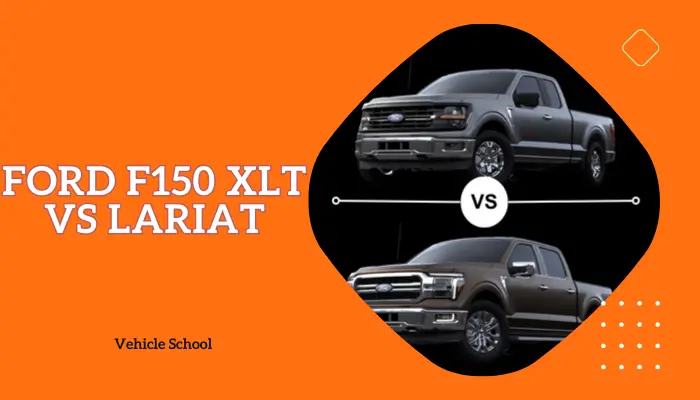If you’re someone who’s careful about how they spend their money, you might be stingy about how much fuel you spend – especially with the gas prices being as high as the Empire State buildings at this point.
And you might think, Is Eco Mode the solution to your worries? Well, I’ve been there too, and the answer is “Mostly.”
Let me tell you more about that in detail.
F150 Eco Mode Vs Normal: What’s The Difference?
The main thing that sets Eco mode apart from Normal mode on these F-150 trucks is how it adjusts the way power is delivered. The gears are shifted to favor fuel economy over flat-out performance.
The F150 Eco Mode is about maximizing fuel economy rather than outright performance. It optimizes shift points and throttle response for maximum MPGs.
Now, the long explanation – it delivers a much smoother, gentler throttle response when you step on the gas pedal.
Plus, it upshifts sooner and delays downshifts to keep the engine revs low, stretching how far you can go on a tank.
With Eco mode engaged, the computer dials back the throttle input and fuel delivery for efficiency’s sake, not power.
This eases the strain on the engine versus Normal mode, though acceleration feels slower.
Instead of that aggressive surge of power when you hit the accelerator, the F150’s power builds more gradually—something that’s more noticeable on a 3.5L EcoBoost twin-turbo engine.
However, its benefits are less prevalent in the PowerBoost engines, where it practically just makes your throttle response more sluggish. You’d only need to look across a few posts in the F150 Forums or Reddit to see how many people feel that way.
With those engines, you’ll likely be much better off using other f150 drive modes like Normal or Sports mode.
Eco also upshifts faster through the 10-speed transmission and resists downshifting to keep those RPMs down for better highway mileage.
Normal mode, on the other hand, gives you a much more direct connection to the truck’s muscle. When you put the pedal down, you get an instantaneous throttle response, and the transmission holds gears longer before upshifting.
This allows for quicker acceleration and responsiveness when you need to merge or pass someone. The tradeoff is reduced fuel economy compared to Eco’s reserved ways.
So, the following sums it up:
Eco Mode: Meant for highway cruising, steady-state city driving, daily commuting with mixed roads, winter weather driving, and maximizing MPGs on road trips.
Normal Mode: When needing passing power, quick acceleration for merging/hauling loads, aggressive driving, or climbing steep grades.
So, Is it better to drive in Eco or Normal?
It depends. While Eco Mode is supposed to maximize fuel efficiency, whether it’s truly “better” depends on what you’re doing.
If hypermiling is the goal, Eco mode’s early upshifts and gentle throttle can squeeze out every last bit of efficiency.
But its sluggish acceleration may be frustrating in certain situations.
FAQs
Can I make Eco Mode the default drive mode in my F150?
If you want, yes, but if it’s because you want to minimize your fuel usage as much as possible, you can’t always drive in Eco mode. The acceleration can be unsuitable when needing to merge, pass, or climb steep grades. It’s especially useless in the last one, as you’ll just be spending a lot of extra fuel trying to climb when you could’ve done so quickly in normal mode.
Final Thoughts
As you can see, Eco Mode is handy, but mostly in situations where your pickup truck won’t need that much muscle, like daily drives in urban spaces.
In more heavy-load scenarios like off-roading or towing, it might be more trouble than it’s worth.
Nonetheless, the mode is better than it’s ever been with 2023 Ford Trucks.






